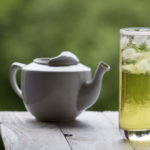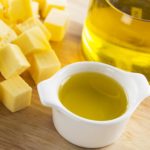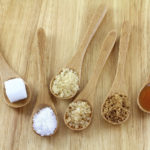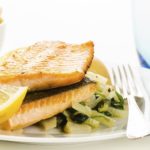Sucralose: A Safer Sweetener?
I have stopped using artificial sweeteners, but a friend told me that sucralose is supposed to be a natural sweetener made from sugar. Is this a safe alternative?
Andrew Weil, M.D. | May 22, 2002
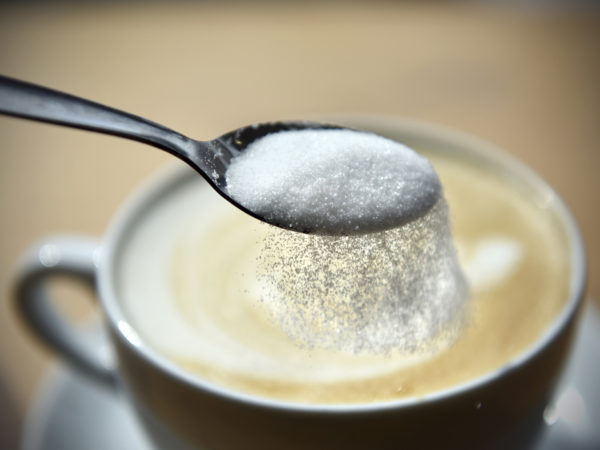
Sucralose was approved by the FDA in 1998 becoming the first sugar substitute to get the agency’s blessing in more than 10 years. It is made from sugar by substituting three chlorine molecules for three hydrogen-oxygen groups on the sugar molecule. This change prevents sucralose from being metabolized by the human body, meaning that we can’t digest it and therefore can’t derive any calories from it. A little bit of sucralose goes a long, long way – it is 600 times sweeter than sugar. Unlike other sugar substitutes, sucralose (the brand name is Splenda) doesn’t have an after taste, another reason why it is more appealing than the alternatives.
Because it is made from sugar, it seems safe at this time. However, bear in mind that in terms of safety, most sweeteners have looked good when they were introduced only to later prove detrimental to health. Whether they truly serve the purpose for which they’re intended, is another story. Most people use sugar substitutes to avoid the calories in sugar, but we have no scientific evidence showing that anyone has lost weight as a result of using sucralose or any other sugar substitute. In fact, our national epidemic of obesity has continued unabated despite the introduction of an enormous number of beverages and foods sweetened with sugar substitutes over the past few decades.
If you are considering using a sugar substitute to sweeten your tea or coffee, you should be aware of how few calories you’re actually eliminating from your diet. A teaspoon of sugar contains only 15 calories, hardly enough to make a significant contribution to anyone’s weight problem when used in tea or coffee. If you’ve been getting along without sugar substitutes, I see no reason why you should reverse your course.
Dr. Andrew Weil






